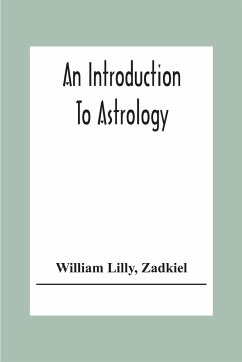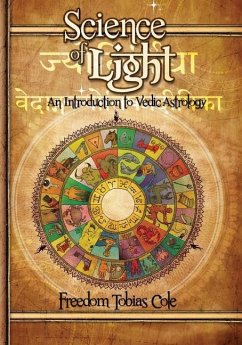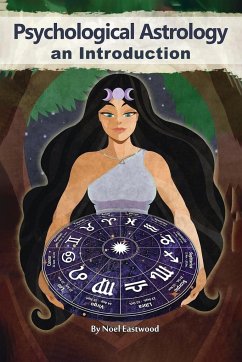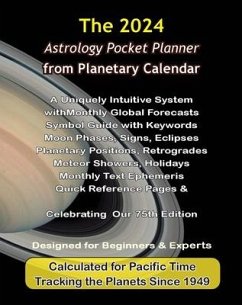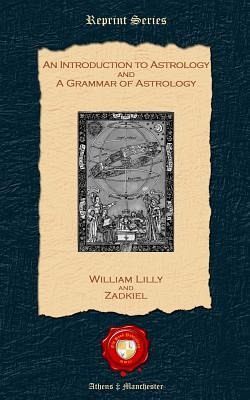
An Introduction to Astrology and A Grammar of Astrology
Versandkostenfrei!
Nicht lieferbar
It is enough to state that Astrology existed for many centuries prior to the Christian era, about which time it appears to have been taught chiefly by tradition, being handed down from father to by word of mouth. There is no good evidence of any perfect system of Astrology having been reduced to written rules, depending on mathematical principles, before the first century; though Sir Isaac Newton admits, that it was in existence nearly 900 years before that period. About 133 A.D. the celebrated astronomer, geographer, and astrologer, Claudius Ptolemy, compiled his notable work entitled 'The Te...
It is enough to state that Astrology existed for many centuries prior to the Christian era, about which time it appears to have been taught chiefly by tradition, being handed down from father to by word of mouth. There is no good evidence of any perfect system of Astrology having been reduced to written rules, depending on mathematical principles, before the first century; though Sir Isaac Newton admits, that it was in existence nearly 900 years before that period. About 133 A.D. the celebrated astronomer, geographer, and astrologer, Claudius Ptolemy, compiled his notable work entitled 'The Tetrabiblos, or Quadripartite, being Four Books of the Influence of the Stars.' In this work he seems to have collected all that appeared of importance to him which was then known of the science; but as Ptolemy did not devote the whole of his time to this study, we may fairly suppose that some of the less important rules had not been tested by him personally, but were merely adopted as the current opinions of the day. The science of Astrology consists of four branches which are essentially different from each other: Nativities, or the art of foreseeing, from the figure of the heavens at the moment of birth, the future fate and character of individuals; Mundane Astrology, or the art of foreseeing, by the positions of the heavenly bodies at certain periods, the circumstances of nations, such as wars, pestilences, inundations, earthquakes etc. Atmospherical Astrology, or the art of foreseeing, by the positions of the planets at the periods of the Sun and Moon being in mutual aspect, and some other circumstances, the quality of the weather at any required time or place and Horary Astrology, or the art of foreseeing, by the positions of the heavens, at any period when an individual may be anxious about the matter, the result of any business or circumstance whatever. The Grammar of Astrology is intended to teach the principles of the science of nativities and to divest them of the trash which ignorant men have introduced, so that persons of an ordinary capacity and a common share of industry may examine and decide for themselves whether there is any truth in astrology or not.




